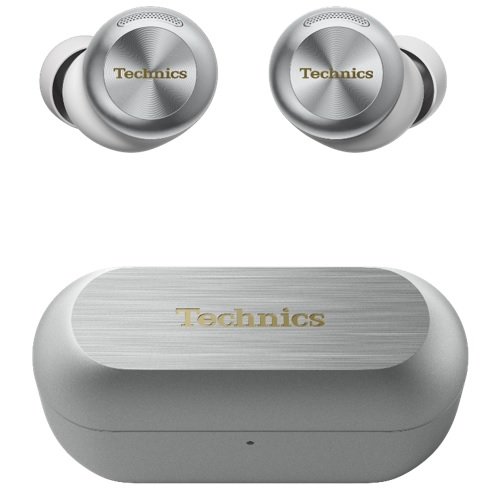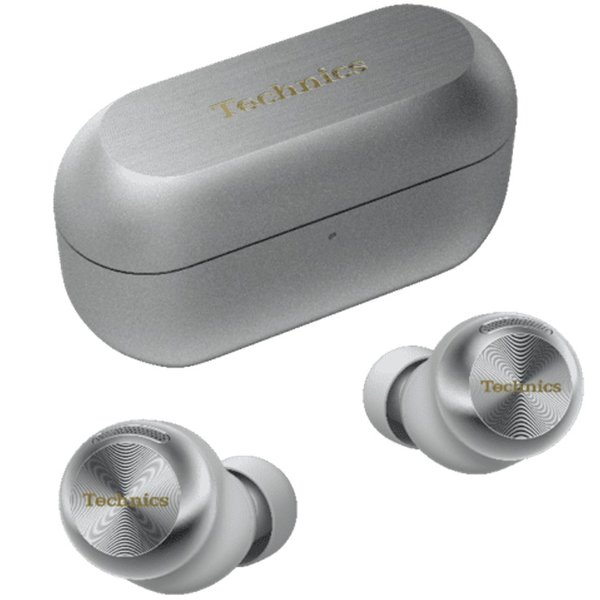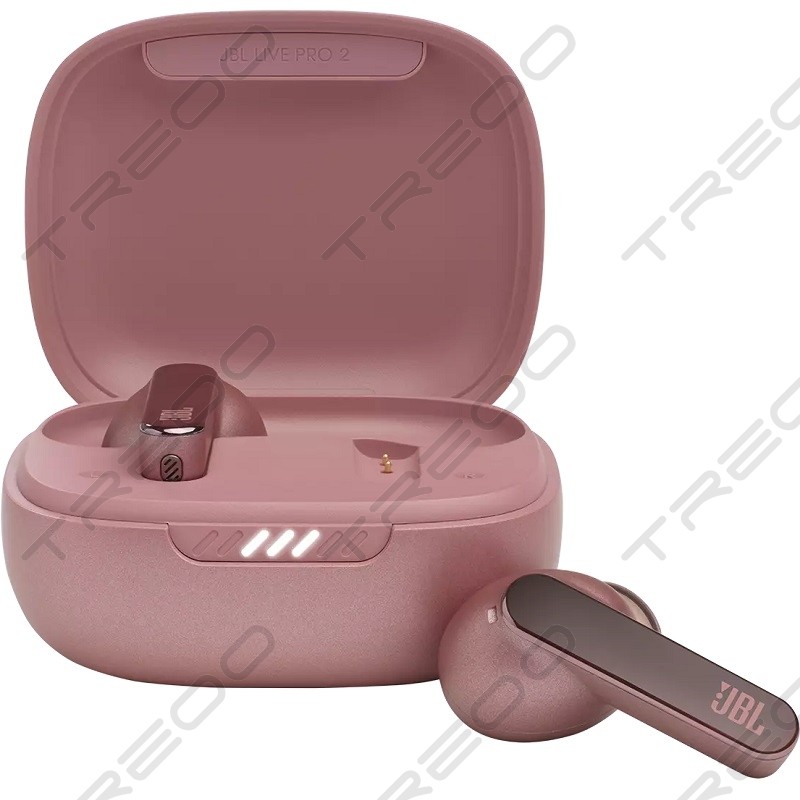Understanding USB Interfaces: What Are They and Why Do You Need One?
A USB interface serves as the bridge between your audio equipment (such as microphones, instruments, and speakers) and your computer, allowing you to record and playback high-quality audio directly onto your digital audio workstation (DAW). It's an essential tool for creators and producers looking to capture professional-grade audio at home.
Key Features to Consider:
-
ADC and DAC Quality: The Analog-to-Digital Converter (ADC) and Digital-to-Analog Converter (DAC) are crucial components of a USB interface, responsible for converting analog audio signals to digital and vice versa. Look for interfaces with high-quality converters to ensure accurate and transparent audio reproduction.
-
Inputs and Outputs: Consider the number and types of inputs and outputs offered by the interface. Common input options include XLR, TRS, and instrument inputs, while output options may include headphone jacks, monitor outputs, and line-level outputs. Choose an interface with sufficient I/O to accommodate your recording and monitoring needs.
-
Preamps: If you're recording vocals or acoustic instruments, preamps play a critical role in capturing clean and detailed audio signals. Look for interfaces with high-quality preamps that offer low noise and ample gain for optimal recording quality.
Educating Beginners: Common Misconceptions About USB Interfaces
For beginners, understanding the role of a USB interface and its compatibility with other audio equipment is crucial. One common misconception is that a USB microphone can be connected directly to a USB interface. In reality, USB microphones bypass the need for an interface altogether, as they already include built-in ADCs and connect directly to your computer via USB.
Exploring Popular USB Interface Models
Now let's take a closer look at some popular USB interface models that cater to different needs and budgets:
Focusrite Scarlett Series (4th Generation)
Scarlett Solo, Scarlett 2i2, Scarlett 4i4, Scarlett 8i6
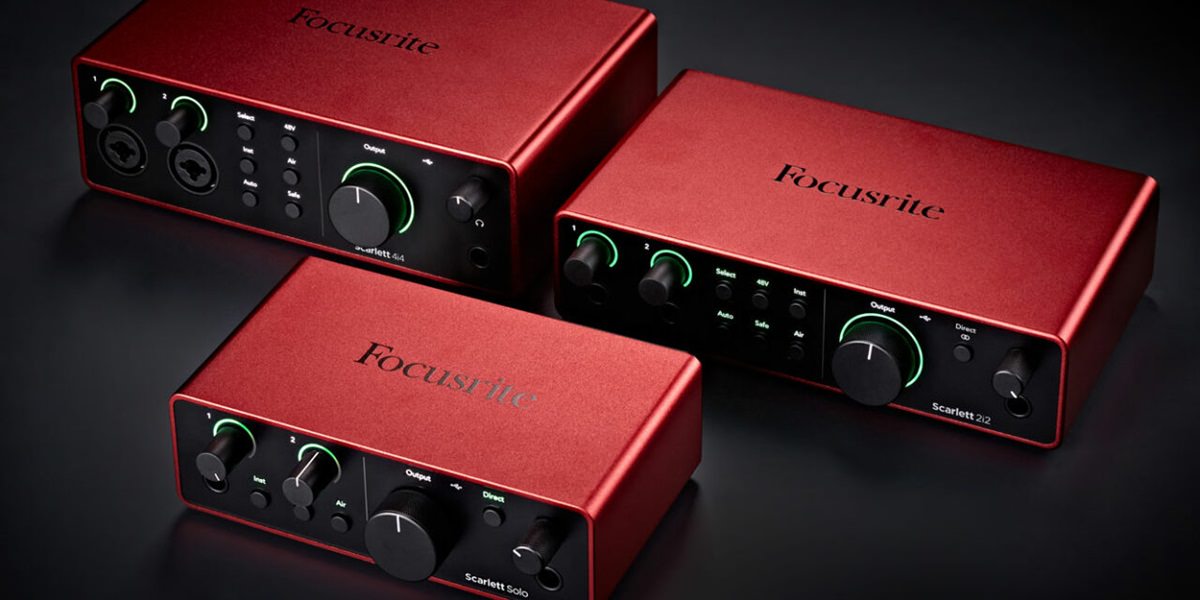
The Focusrite Scarlett series is renowned for its reliability, ease of use, and high-quality audio performance. The Scarlett Solo is the entry-level model, offering a single XLR input and instrument input, making it ideal for solo artists and podcasters. The Scarlett 2i2 is the most popular model, featuring two combination inputs for recording vocals, instruments, or stereo sources simultaneously. The Scarlett 4i4 and 8i6 provide additional inputs and outputs, making them suitable for larger projects and professional use. With their solid build quality, transparent preamps, and low-latency performance, the Scarlett series offers excellent value for money across the range.
Audient EVO and ID Series
EVO 4, EVO 8, iD4 MKII, iD14 MKII

Audient's EVO and ID series interfaces offer pristine audio quality, intuitive controls, and versatile connectivity options. The EVO 4 and EVO 8 are perfect for beginners, featuring smart gain technology and JFET instrument inputs for effortless recording. The iD4 MKII and iD14 MKII provide more advanced features and professional-grade audio performance, including Audient's renowned console-grade mic preamps and AD/DA converters. With their compact design, robust build quality, and exceptional audio fidelity, the EVO and ID series interfaces are suitable for both entry-level and experienced users alike.
Mackie Onyx Series
Onyx Artist 1·2, Onyx Producer 2·2

Mackie's Onyx series interfaces feature boutique-quality Onyx mic preamps and high-resolution 24-bit/192kHz recording. The Onyx Artist 1·2 offers a simple and compact design, perfect for solo artists and podcasters. With its single XLR/TRS combo input, it's ideal for recording vocals, instruments, or line-level sources with ease. The Onyx Producer 2·2 provides additional inputs and outputs, including MIDI I/O, making it suitable for more extensive recording setups and professional use. With their rugged construction, premium preamps, and flexible monitoring options, the Onyx series interfaces deliver exceptional audio performance at an affordable price point.
Universal Audio Series
Volt 1, Volt 2, Volt 176, Volt 276
In addition to popular models from brands like Audient, Mackie, and Focusrite, the Universal Audio Volt series has gained attention for its exceptional audio quality and advanced features. The Volt series includes models like the Volt 1, Volt 2, Volt 176, and Volt 276, each offering unique advantages and capabilities for musicians, producers, and audio engineers. Let's dive into what sets these Universal Audio interfaces apart and how they compare to other industry-leading models.
The Volt 1 is the entry-level model in the Volt series, designed for musicians, podcasters, and content creators seeking professional-grade audio quality in a compact and affordable package. Despite its compact size, the Volt 1 features high-quality analog-to-digital (ADC) and digital-to-analog (DAC) converters, offering pristine audio capture and playback. With its intuitive controls and versatile connectivity options, including mic/line inputs, instrument inputs, and headphone outputs, the Volt 1 provides everything you need to start recording and monitoring audio with ease.
Building upon the foundation of the Volt 1, the Volt 2 expands on its capabilities with additional features and connectivity options, making it suitable for more advanced recording and production setups. The Volt 2 includes dual preamps with switchable phantom power, allowing for simultaneous recording of multiple microphones or instruments. It also features expanded I/O options, including line-level inputs and outputs, MIDI connectivity, and digital S/PDIF ports, providing greater flexibility for integrating external gear and expanding your studio setup.
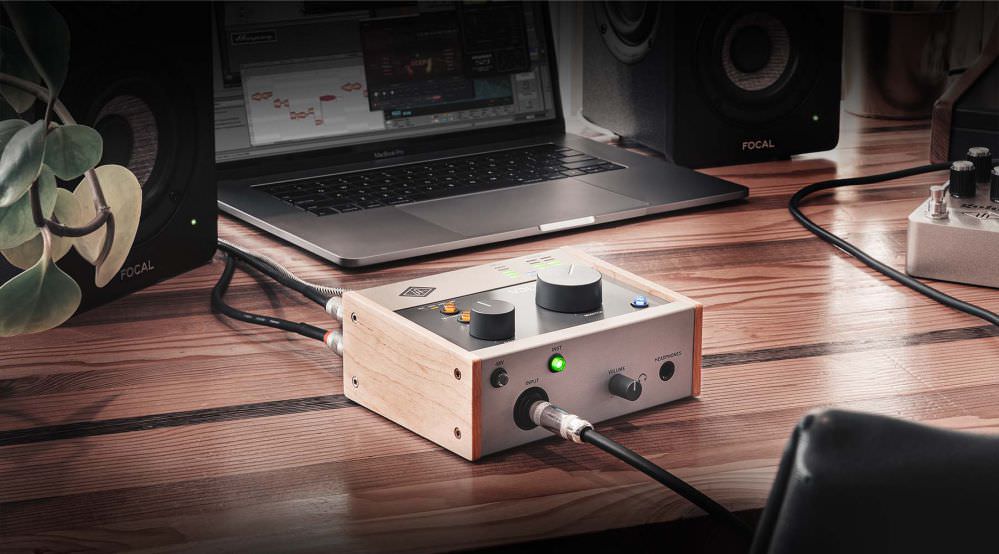
The Volt 176 is a premium audio interface designed for professional studio environments and demanding recording applications. Featuring four high-quality preamps with Universal Audio's acclaimed Unison technology, the Volt 176 offers authentic analog sound emulation and precise control over preamp settings, allowing you to achieve the desired tone and character for each recording session. With its extensive I/O capabilities, including ADAT optical inputs and outputs, word clock synchronization, and Thunderbolt connectivity, the Volt 176 provides the flexibility and scalability required for complex recording and mixing workflows.
At the top of the Volt series lineup, the Volt 276 represents the pinnacle of audio interface technology, offering unparalleled sound quality, versatility, and performance. The Volt 276 features eight premium preamps with Unison technology, allowing for seamless integration with Universal Audio's acclaimed UAD plugins for authentic analog emulations of classic hardware. With its extensive I/O options, including analog and digital inputs and outputs, MIDI connectivity, and Thunderbolt 3 support, the Volt 276 is a powerhouse audio interface suitable for professional recording studios, live sound reinforcement, and broadcast applications.
Understanding Hardware Differences: ADC and DAC Capabilities
For the more popular models intended for home use, it's essential to consider the hardware differences, especially regarding the ADC and DAC capabilities. Higher-end models often feature premium-grade converters, resulting in better audio fidelity and lower latency. When comparing interfaces, pay attention to specifications such as bit depth, sample rate, and dynamic range, as these factors directly impact the overall sound quality and performance.
Making Your Decision
When choosing a USB interface for your home studio, consider factors such as ADC and DAC quality, inputs and outputs, preamp quality, and budget. Think about your recording needs and workflow preferences to determine which interface best suits your requirements.
Final Thoughts
Investing in a quality USB interface is essential for capturing professional-grade audio in your home studio. Whether you're a beginner just starting out or a seasoned professional looking to work from home, understanding the key features and considerations will help you make an informed decision that will set you up for success in your audio endeavors.
Remember, the right USB interface will not only provide reliable performance and pristine audio quality but also streamline your workflow and unleash your creativity in the studio.


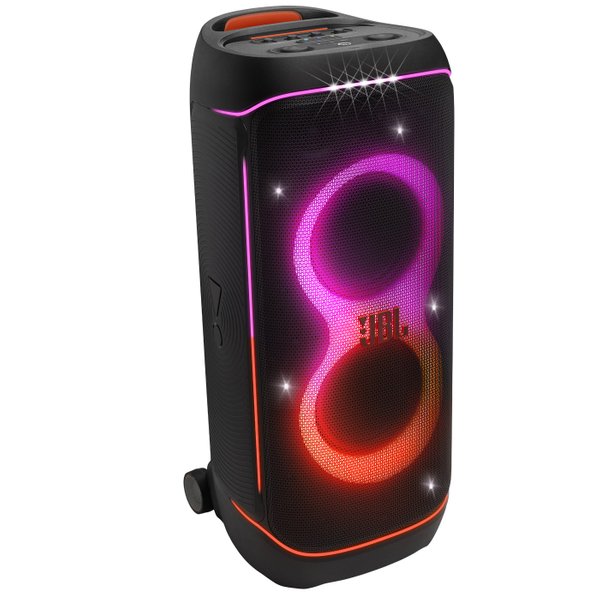
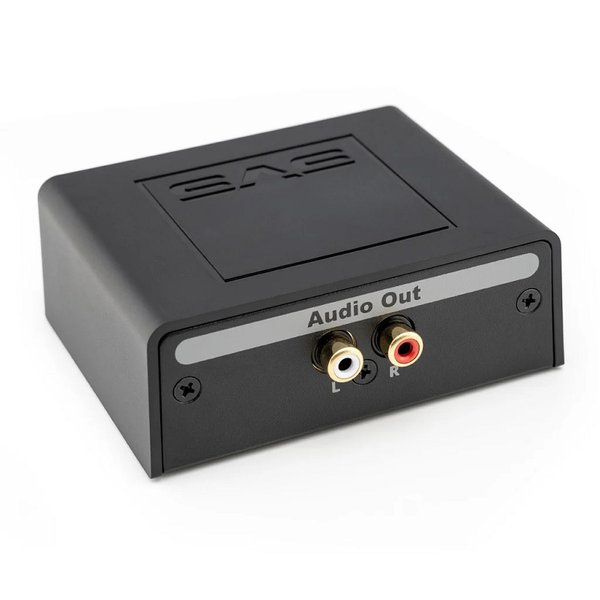
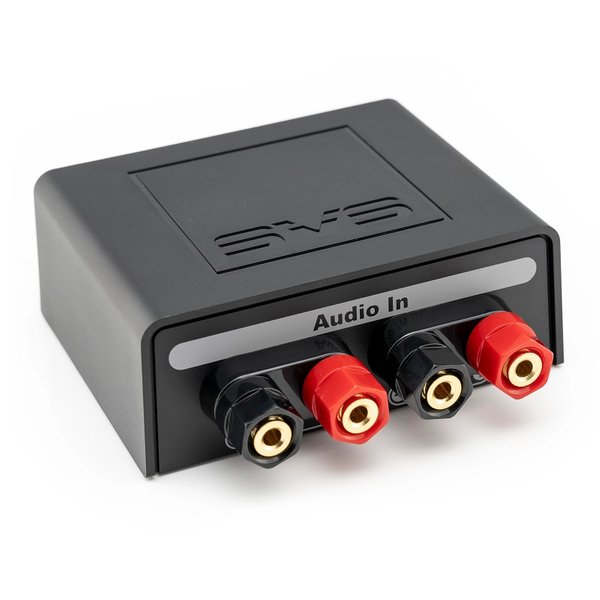
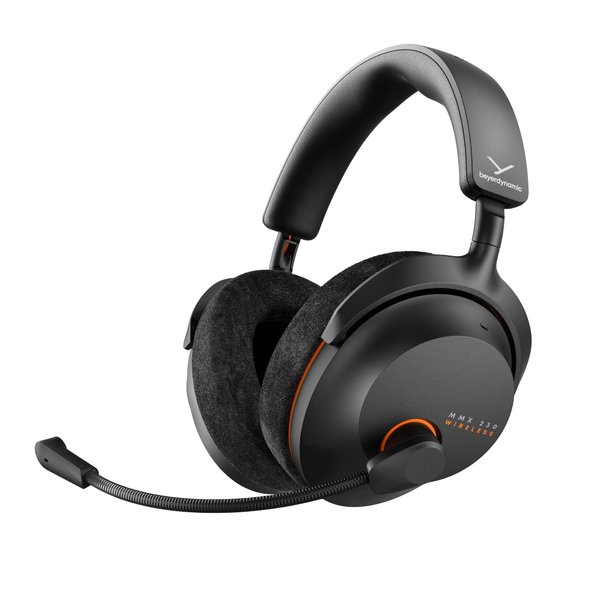
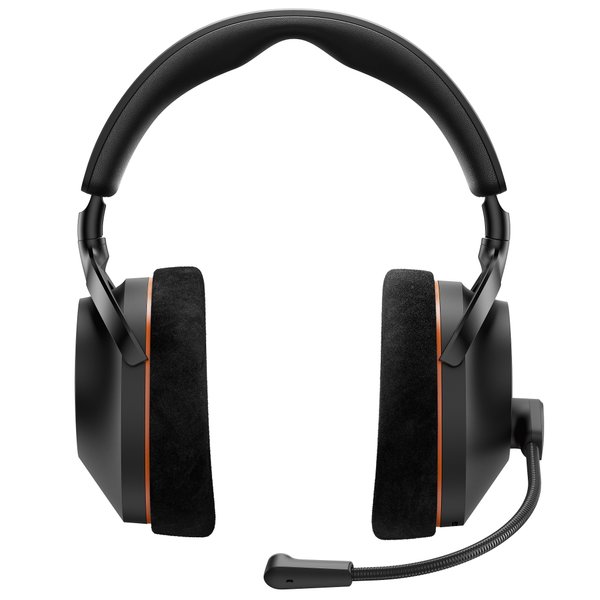




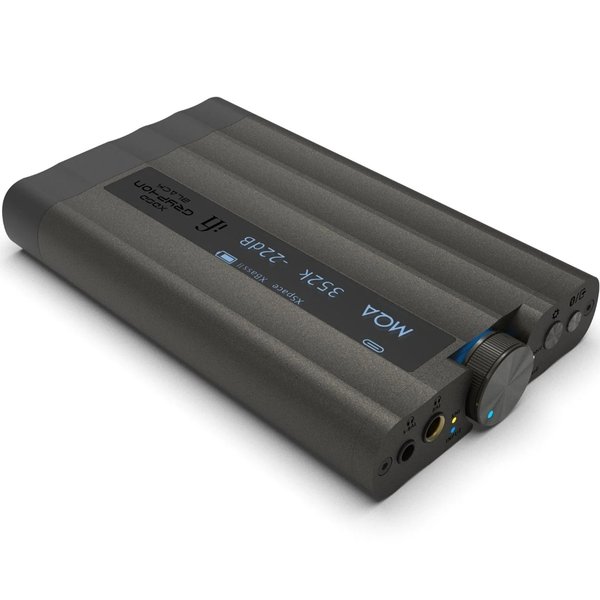



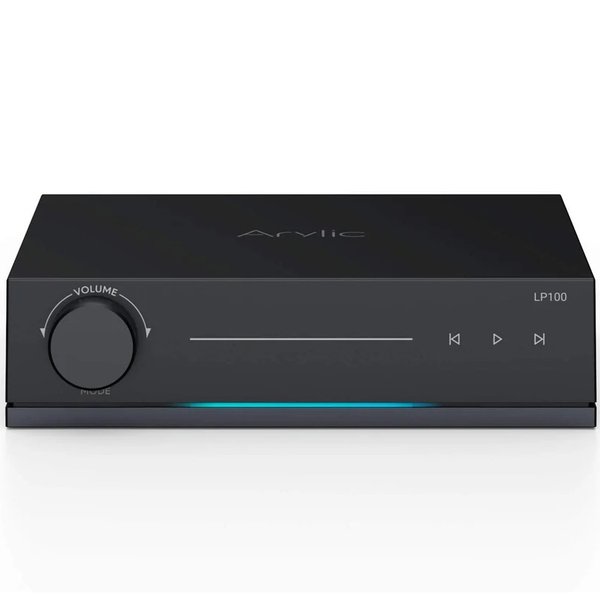

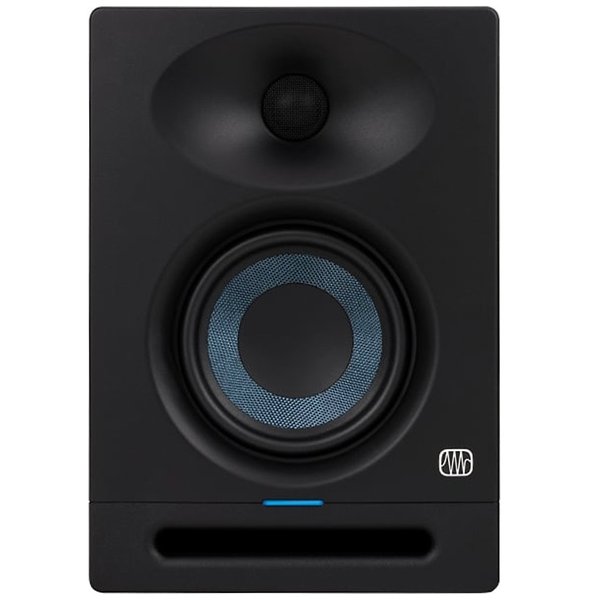
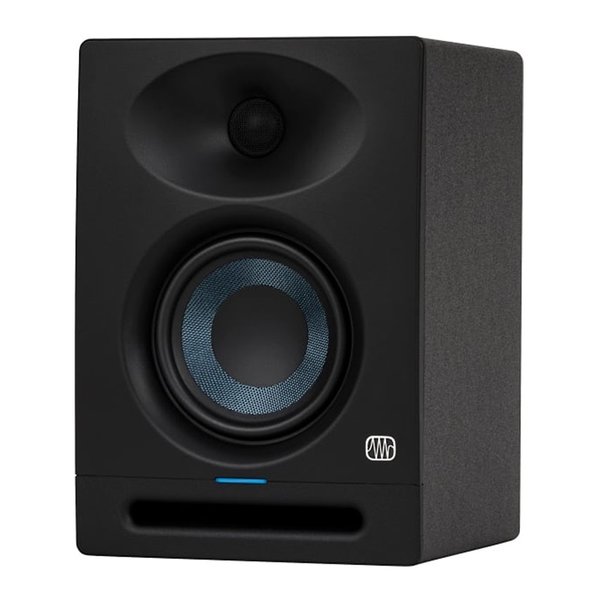





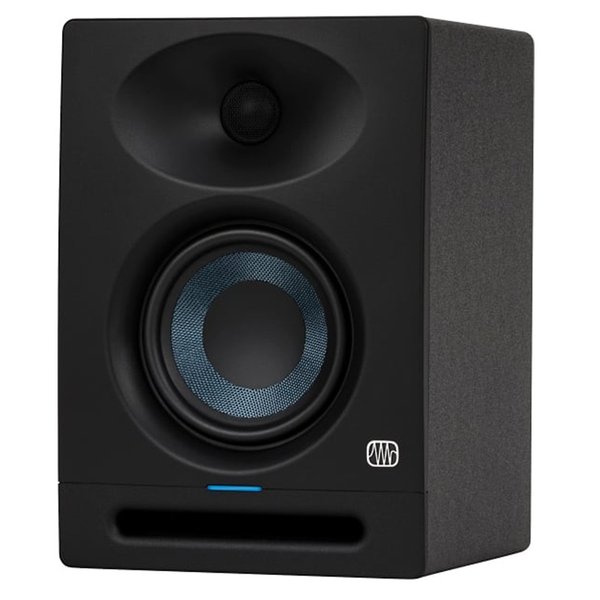

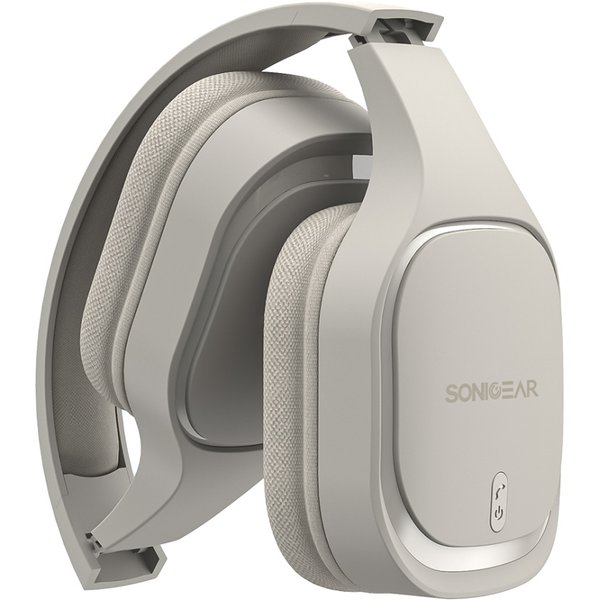
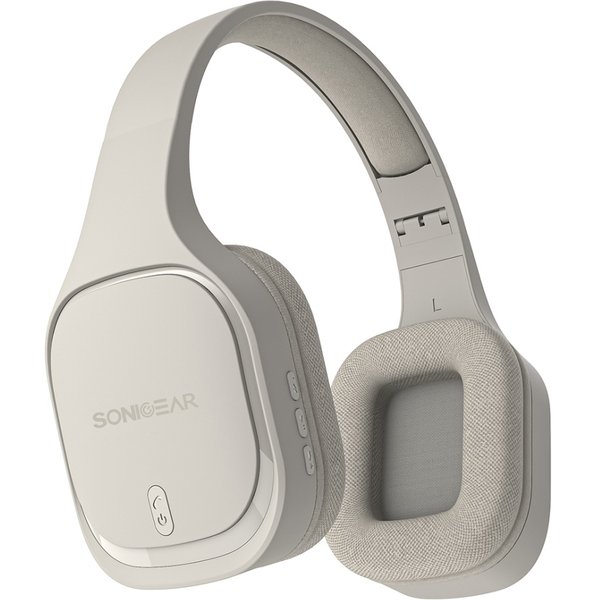




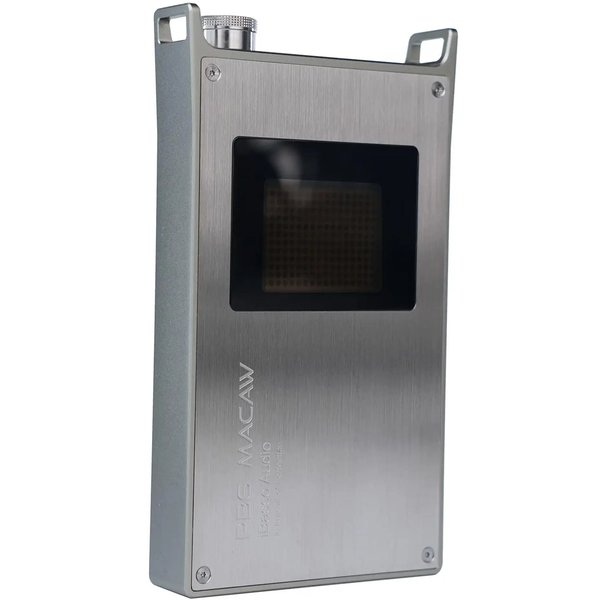
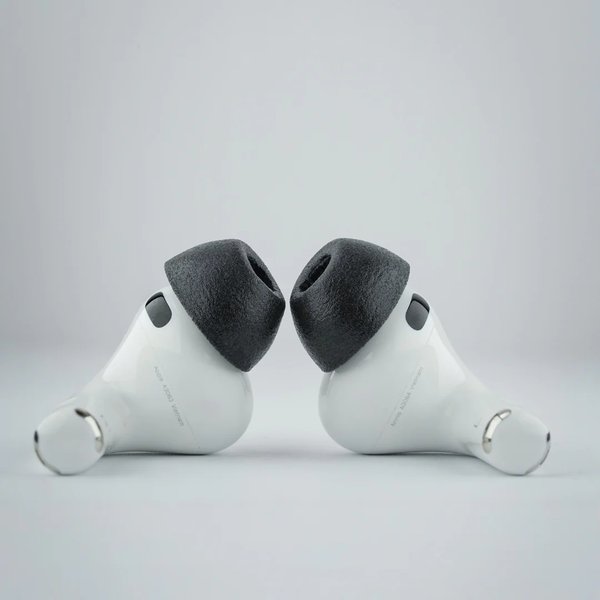
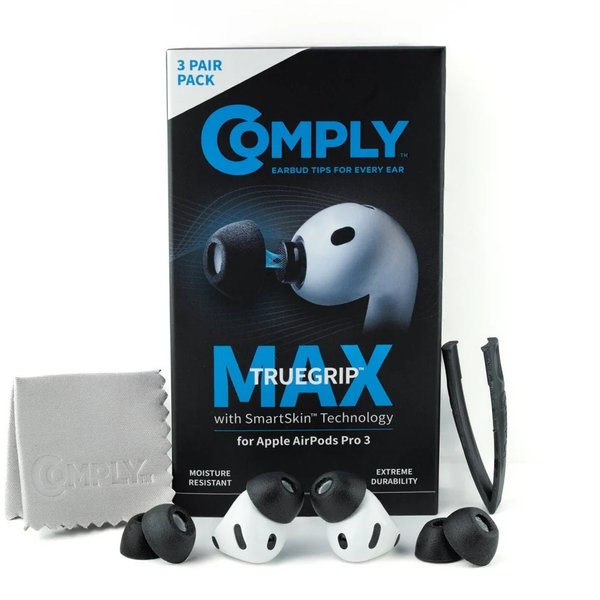


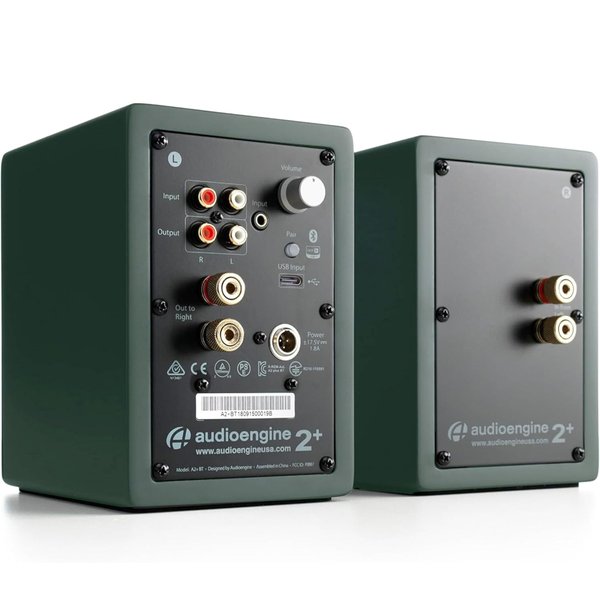




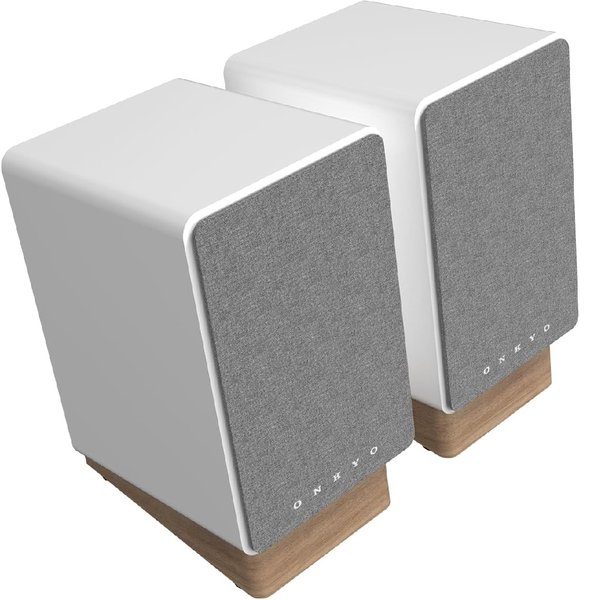
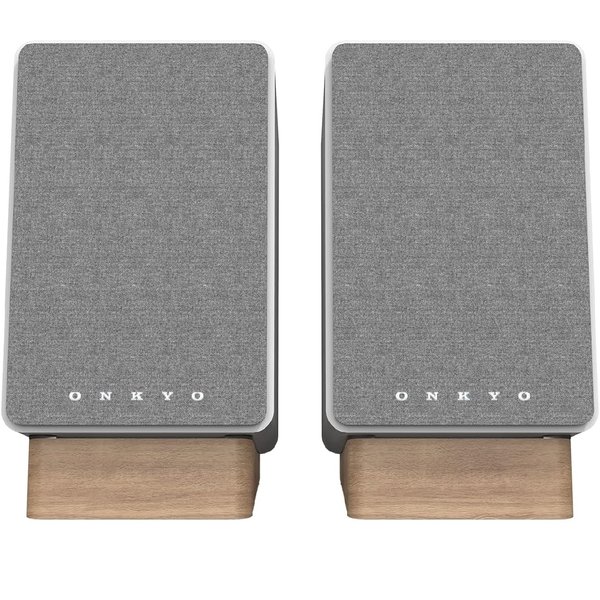


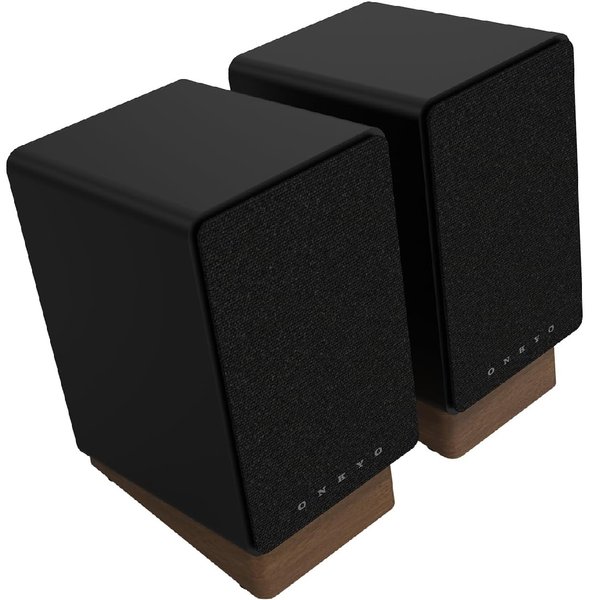
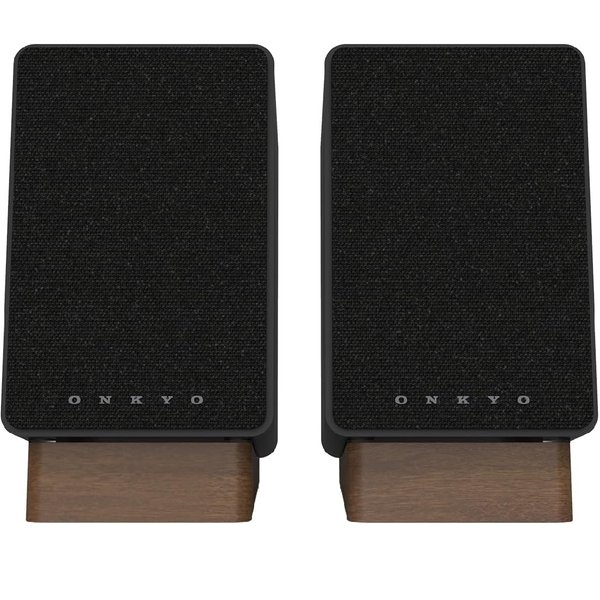

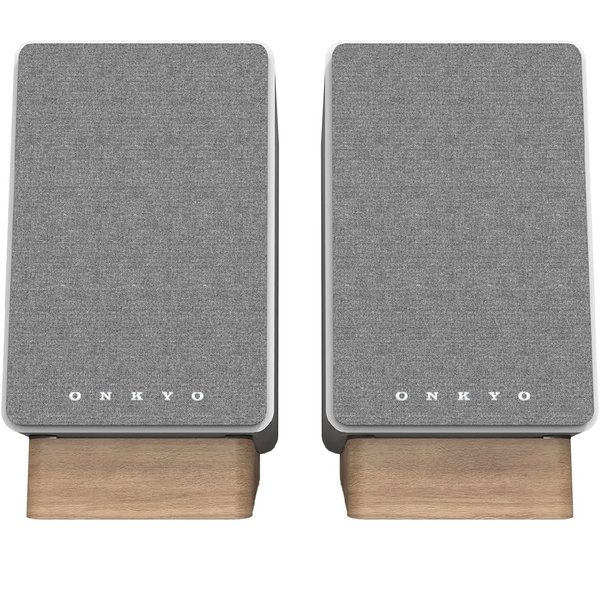

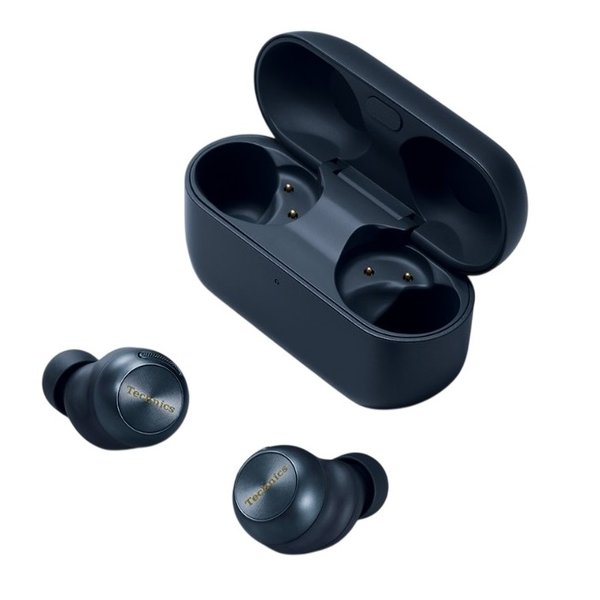
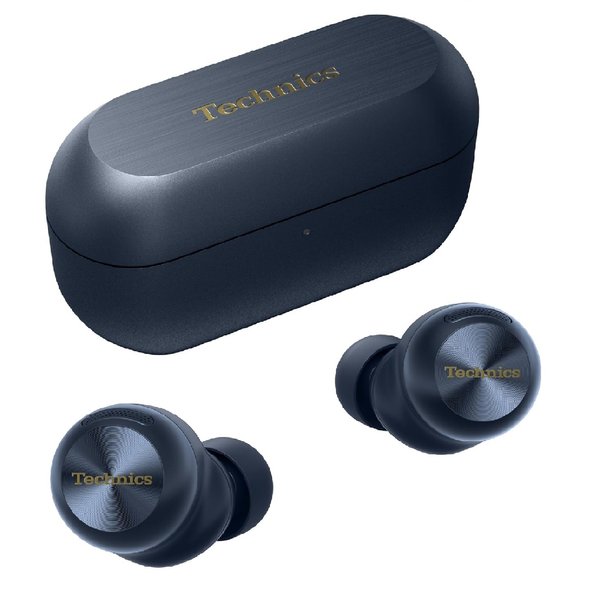



![Technics EAH-AZ100 True Wireless Bluetooth Noise-Cancelling In-Ear Earphone with Mic - Champagne Gold [60th Anniversary Edition] Technics EAH-AZ100 True Wireless Bluetooth Noise-Cancelling In-Ear Earphone with Mic - Champagne Gold [60th Anniversary Edition]](https://d30ek1sgwm2r4c.cloudfront.net/sites/files/treoo/images/products/202506/600xAUTO/technics-eah-az100-champagne-gold_2.jpg)
![Technics EAH-AZ100 True Wireless Bluetooth Noise-Cancelling In-Ear Earphone with Mic - Champagne Gold [60th Anniversary Edition] Technics EAH-AZ100 True Wireless Bluetooth Noise-Cancelling In-Ear Earphone with Mic - Champagne Gold [60th Anniversary Edition]](https://d30ek1sgwm2r4c.cloudfront.net/sites/files/treoo/images/products/202506/600xAUTO/technics-eah-az100-champagne-gold_1.jpg)

